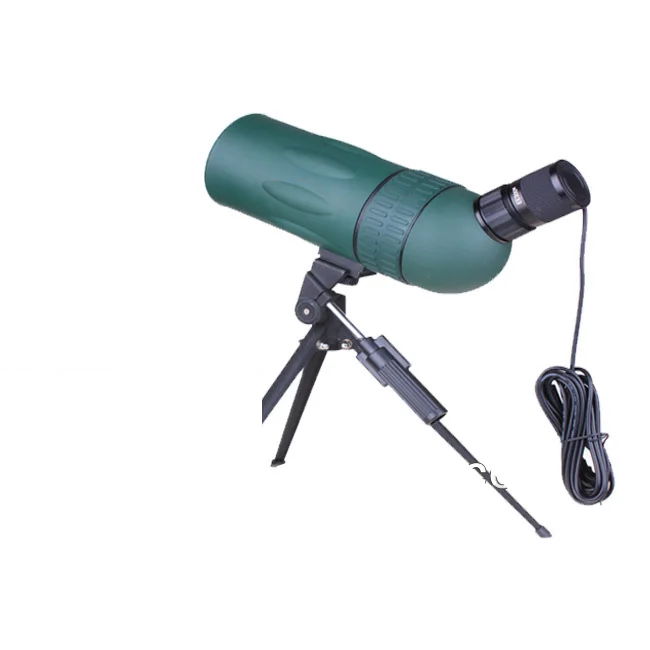

The higher the number, the wider the field of view and the more light gathering (most noticeable at dusk and dawn).

A quick way to get a rough field of view rating is to divide the objective lens number by the magnification. Those are the subtle fine points, as there isn't a very large difference between the two, like you would see between 7X18 vs. The 10X42 will have a slightly narrower field of view, but are usually lighter and more compact, making them a better fit for those who will be packing them on extended trips or need to optimize their storage space. What is better, 10X50 or 10X42 binoculars?īecause of the wider objective lens, the 10X50 would provide a wider field of view, making it easier to locate the viewing target more quickly and track moving objects. This is applicable to all viewing optics that have two or more lenses like telescopes, rangefinders, monoculars, microscopes, etc. The "X" in between the numbers is pronounced as "by", so it would be "10-by-50s" instead of "10-ex-50s" or "10-times-50". The objective lens gathers the light and image and affects the field of view.

The second number refers to the objective lens diameter in millimeters, "50" in our example. In the simplest terms, this means that objects will appear 10 times "closer" or "bigger" than they would with the naked eye. The first number of any binoculars, "10" in this case, refers to the magnification or "power" of the ocular lenses. There are 2 types of lenses on binoculars: the ocular lenses (the end that you look through), and the objective lenses (the end that you point at objects you want to view). Luckily, they're also standardized, so there's no difference from brand-to-brand, type, or primary use.

What do the numbers on binoculars mean? The numbers in a binocular's designation may seem cryptic, but they're actually quite simple. That just gives you a chance to refine what you're looking for in your next pair. Those who find the perfect fit will keep and use them for a long time, often decades, but don't worry if your first pick isn't the gangbuster you were hoping for. There are even cosmetic differences including the look, shape, color, and feel of otherwise identical models. You may want lighter models for carrying around all day, small binoculars to fit in a pocket, or the most powerful binoculars you can get your hands on.
EBAY TELESCOPES FOR SALE HOW TO
Once you've zeroed in on how to choose binoculars that will work best for you, the rest is pretty easy. We have several Binocular How-To Guides that explain the particulars on everything from astronomy binoculars to compact binoculars (including those fancy theater glasses), check them out for in-depth specifics on the options and considerations. Start with something reasonable, then save up toward upgrading later on as you learn more about your particular needs and preferences. As the quality goes up, so does the price tag. Optics is one of those areas where you do get what you pay for. The function is going to be your first consideration, so what is it that you want binoculars for? This will start you down the path that will eventually lead to the right fit.įrom there, your budget will be a big determining factor. Although 8X42s are often seen as the best "all-around middle-ground" binos, and they're certainly serviceable for a wide variety of applications, there are a lot of finer points to consider. They come in all shapes and sizes, depending on your specific needs, so the best binoculars for stargazing will rarely also be the best binoculars for bird watching. They're even used for things like construction, where excessive noise can inhibit using walkie-talkies but hand signals would suffice. People also use binoculars for stargazing, with or without the combination of a telescope. Military and law enforcement use them for surveillance and various other operations. They're used for animal observation including bird watching and hunting. Binoculars are versatile tools used for all sorts of outdoor activities.


 0 kommentar(er)
0 kommentar(er)
